Graphics Reference
In-Depth Information
Laminates
Laminating offers the best protection of all methods, yielding an exceptionally strong
surface that repels moisture that can even be washed. The process involves adhering a
layer of polyester, polypropylene, or nylon film to one or both sides of the printed sheet.
Laminates are available in thicknesses from 0.001 inch (0.0251 mm) to 0.010 inch
(0.251 mm) in both gloss and dull finishes, as well as a satin finish that falls in between.
Thinner films are more appropriate for book covers and packaging, whereas, thicker films
are better suited for menus, displays, and name tags. Laminating costs more than
varnishes and liquid coatings, with the exception of matte UV.
When selecting the most appropriate laminate for a project, keep the following consider-
ations in mind:
Nylon laminates:
These durable laminates are the most expensive, but their porosity
helps prevent paper curl by allowing gasses and moisture to leave the underlying paper.
Nylon laminates are recommended for lightweight substrates such as paperback covers
and applications where metallic inks are involved.
Polyester laminates:
Their hard surface and median price makes polyester laminates
appropriate for case-bound topics and situations where durability and longevity are
important.
Polypropylene laminates:
Laminates made of this material are often used on dust jack-
ets and packaging. Although they are softer than other laminates and more likely to be
scuffed and scratched, polypropylene laminates are the least expensive. Polypropylene
laminates can also be applied to lightweight substrates and surfaces printed with metallic
inks without fear of curling.
i n s e r t i n g
e x t r a s
a n d
/
o r
ov e r s i z e d
pag e s
Throw-outs, gatefolds, tip-ins and tip-ons provide ways of inserting additional materials into
publications.
Gatefolds:
folded sheet of four panels that is bound into a publication. Panels fold into a
spine with parallel folds. Used in publications to provide extra space (especially useful for
panoramic vista images).
Throw-outs:
half a gatefold where a folded sheet is bound into a publication that opens out
to only 1 side. The throw-out sheet must be smaller than the actual publication so it can
be nested when folded.
Tip-in:
a single page wrapped around the central fold and glued along the binding edge.
Tip-on:
a page or other element (such as a reply card or membership card) pasted into a
publication. Can be located anywhere on the host page and may be temporary or perma-
nent.

































Search WWH ::

Custom Search